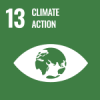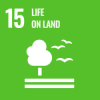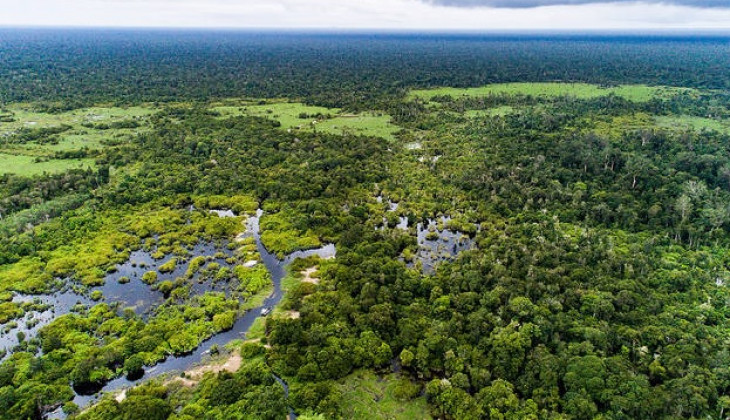Restoration of peat ecosystem needs to consider the role of farmers. They must be considered as the primary partner.
Deputy of Education, Socialization, Participation, and Partnership of Peat Restoration Agency, Dr. Myrna Safitri, delivered the statement during the Online National Seminar on People’s Economy in the Transformation of Peat Villages held by the Centre for Democracy Economics Study UGM collaborated with Peat Restoration Agency on Friday (8/19).
Myrna said that the government had developed a Peat Care Village Program to accommodate community participation and support in peat restoration. It connects rural areas within the peat hydrological unit. Until April 2020, Peat Restoration Agency had initiated 525 villages across Sumatra, Kalimantan, and Papua.
This program promotes community participation and provides alternative agriculture without burning land. Thus, it aims to improve the community’s welfare, prevent damage to peat ecosystems, and prevent forest and land fires, which leads to the increase of the village building index.
“The government has facilitated the establishment of rural areas in the Peat Care Village Program,” she said.
Myrna said that the community who live in the peatland area had used peatland as their primary income source for a long time. Problems occur related to the government’s ban on not burning peatlands when one intends to open new land. To answer this problem, the government initiated a farmer field school and developed a demonstration plot without land management in peat areas.
“There are 276 villages/sub-district that get local innovation and appropriate technology development activities in 2019. It involved 799 farmers and successfully developing 265 natural and non-burning agricultural demonstration plots,” she explained.
Peatlands hold great potential for both present and future. Therefore, Myrna emphasizes the importance of harmony with peatlands based on a spiritual economy that does not violate the peat ecosystem. Consequently, it is crucial to increase the carrying capacity and develop an adaptive and innovative agricultural culture. Appreciate young people and women’s local creativity towards a circular economy based on a landscape-based peat ecosystem.
Meanwhile, a Lecturer at the Faculty of Economics and Business UGM, Dr. Revrisond Baswir, sees that Pet Restoration Agency needs to take more decisive steps in implementing agrarian reform on peatlands and developing Village Own Enterprises. Thus, it is expected that the democratic economic process can run well.
Mubyarto Institute and Centre for Democracy Economics Study UGM’s researcher, Awan Santosa, S.E., M.Sc., conveyed the development of people’s economy incubator model in villages around forests that can be applied, such as the village economic network model and the village cooperative encouragement model. The development of people’s economy incubator in villages around the forest is based on three pillars: intellectual, material, and institutional.
Intellectual models to develop people include market schools, labor schools, green schools, sugar cooperative schools, independent village schools, fishing schools, farming schools, sago schools, and coffee schools. Meanwhile, institutional capital is used to build institutional management, networks, values, culture, local wisdom, and deliberation. Material capital includes financial capital, market infrastructure, information-production technology, land, water, and forests.
Regent of Hulu Sungai Utara, Drs. H. Abdul Wahid HK., M.M., M.Sc., on that occasion, explained the development of villages that care about peatlands in their area. The regency has peatlands with an area of 25,672 hectares. Of this area, 6,273 hectares are a priority for canal peat restoration or cultivation zones that are maximized by developing peat care villages located in 4 sub-districts. These areas are engaged in the fisheries, agriculture, and handicraft sectors.
“Our region, as a whole has a social economy mission. With the commitment of the community, we are sure that the level of welfare can be enjoyed gradually,” he explained.
He said that his party continues to strive to be present in the populist economy. For example, providing real support to the community by making it easier for them to sell their products through handicraft markets, food markets, and others.
Source: https://ugm.ac.id/id/berita/19590-restorasi-gambut-perlu-tempatkan-petani-sebagai-mitra



